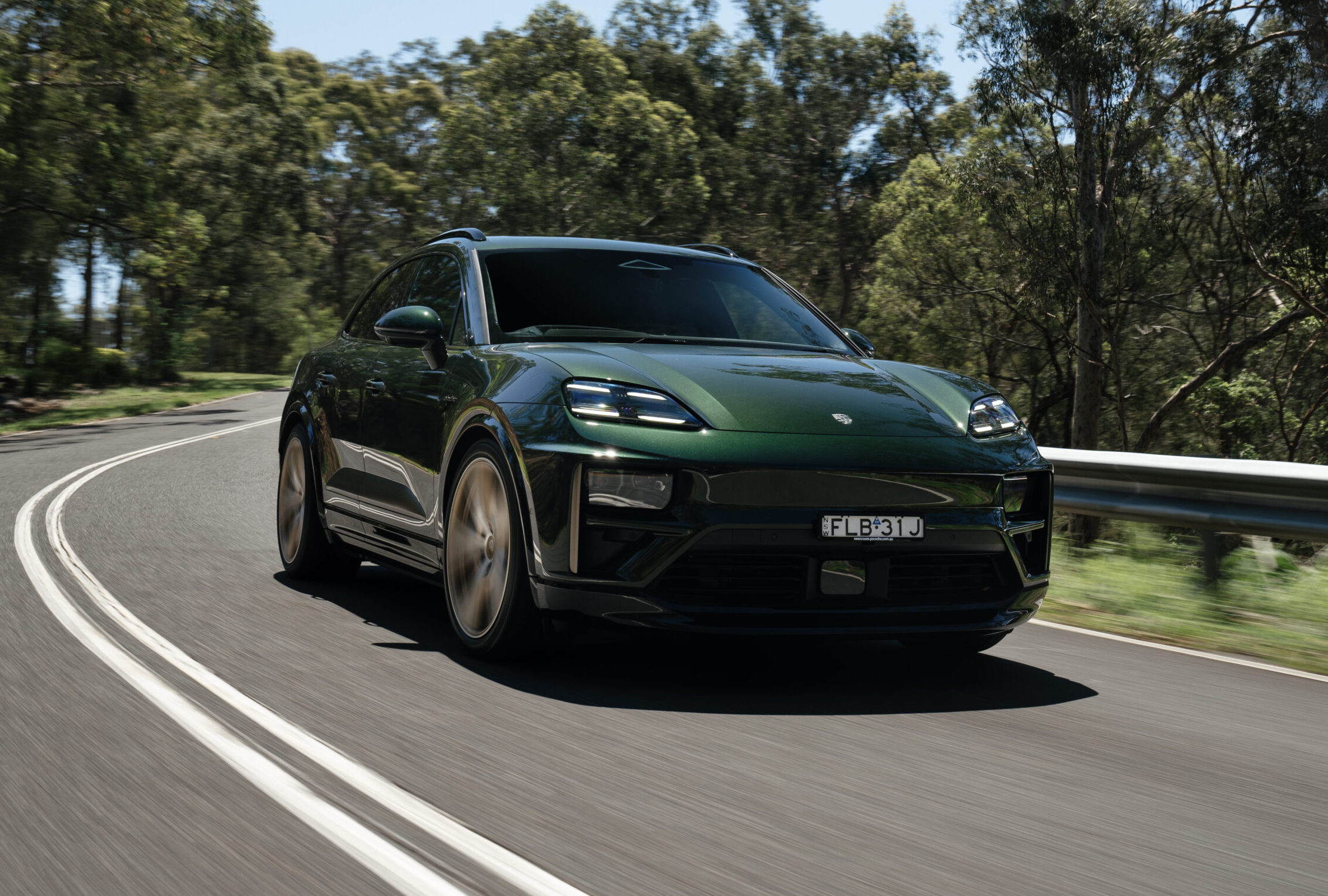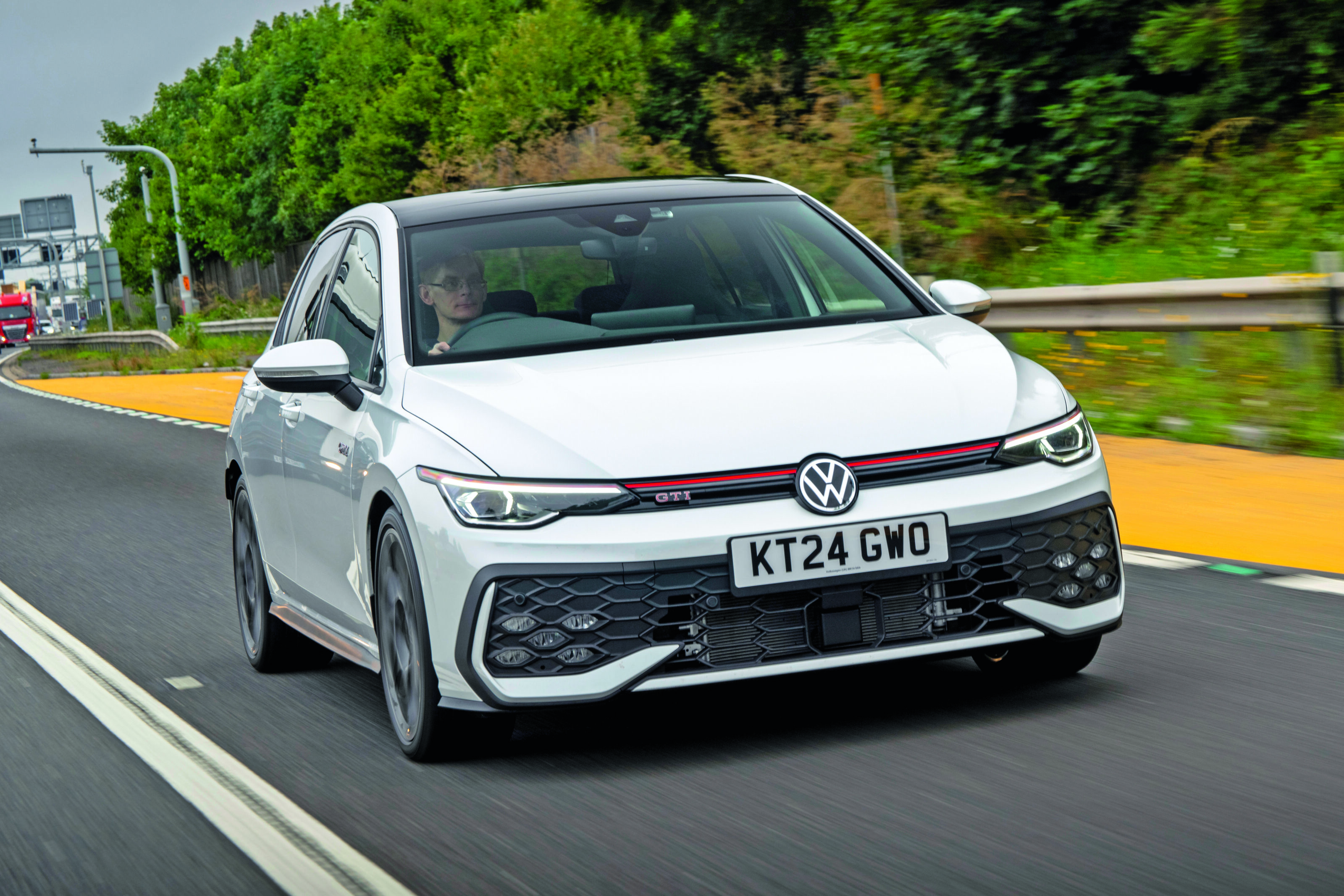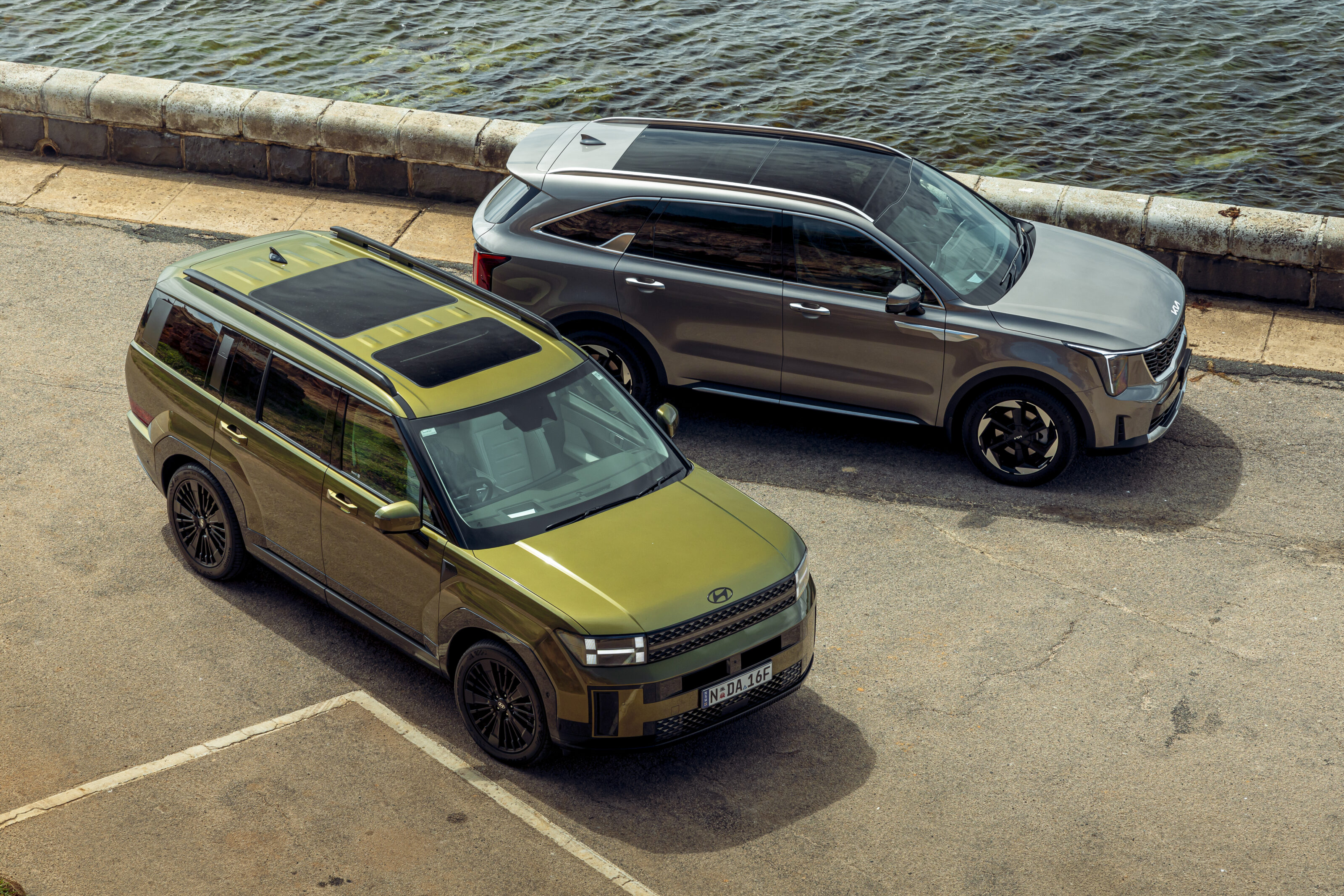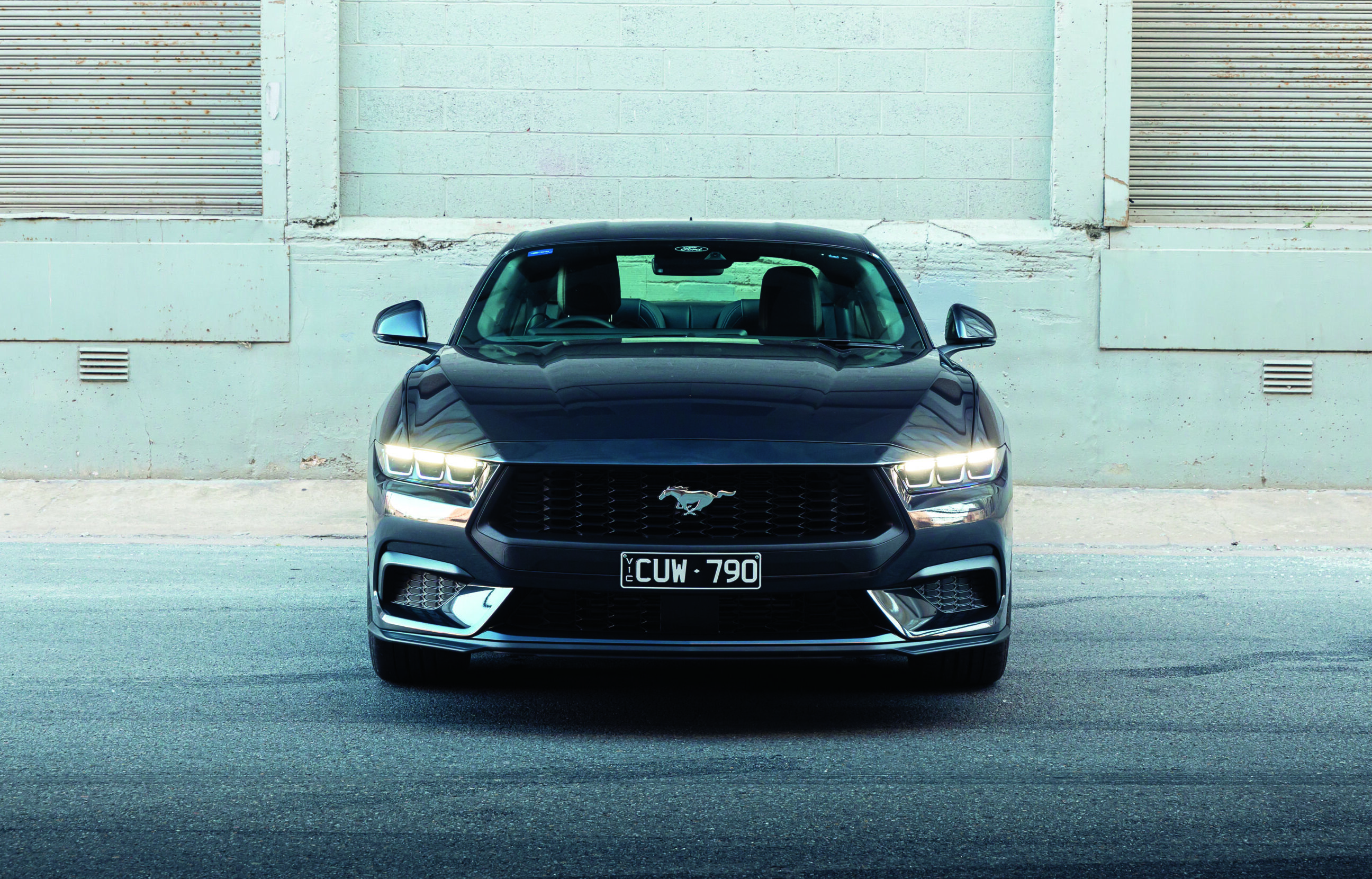Things we like
- Poise and pace; smart tech integration; feels like a Porsche inside
Not so much
- Is this enough to win over EV sceptics; pricing has taken a huge leap up
Forget what you’ve heard about Porsche walking back its promises around electric vehicles. This Macan is never going to have an internal combustion engine, and if that doesn’t sit well with you, then you have until Q2 of 2025 to snap up the last of the old model from dealer stock because no more are coming Down Under.
It’s one heck of a roll of the dice. Ballsy, even. But ask Porsche’s engineers whether they would want to return to petrol or diesel and the answer is unequivocal. “Why would we? Our goal was to do everything better than the combustion Macan.”
The new Macan range opens at $128,400 which buys you the entry-level, rear-wheel-drive version. This is no makeweight, delivering a 265kW punch with overboost. Curiously, this Macan can only access peak overboost power when launch control is activated. In other driving scenarios, 250kW is your lot. It’s still enough to punch the Macan through 100km/h in 5.7 seconds, so even the base Macan is almost the performance-equivalent to the old Macan S.
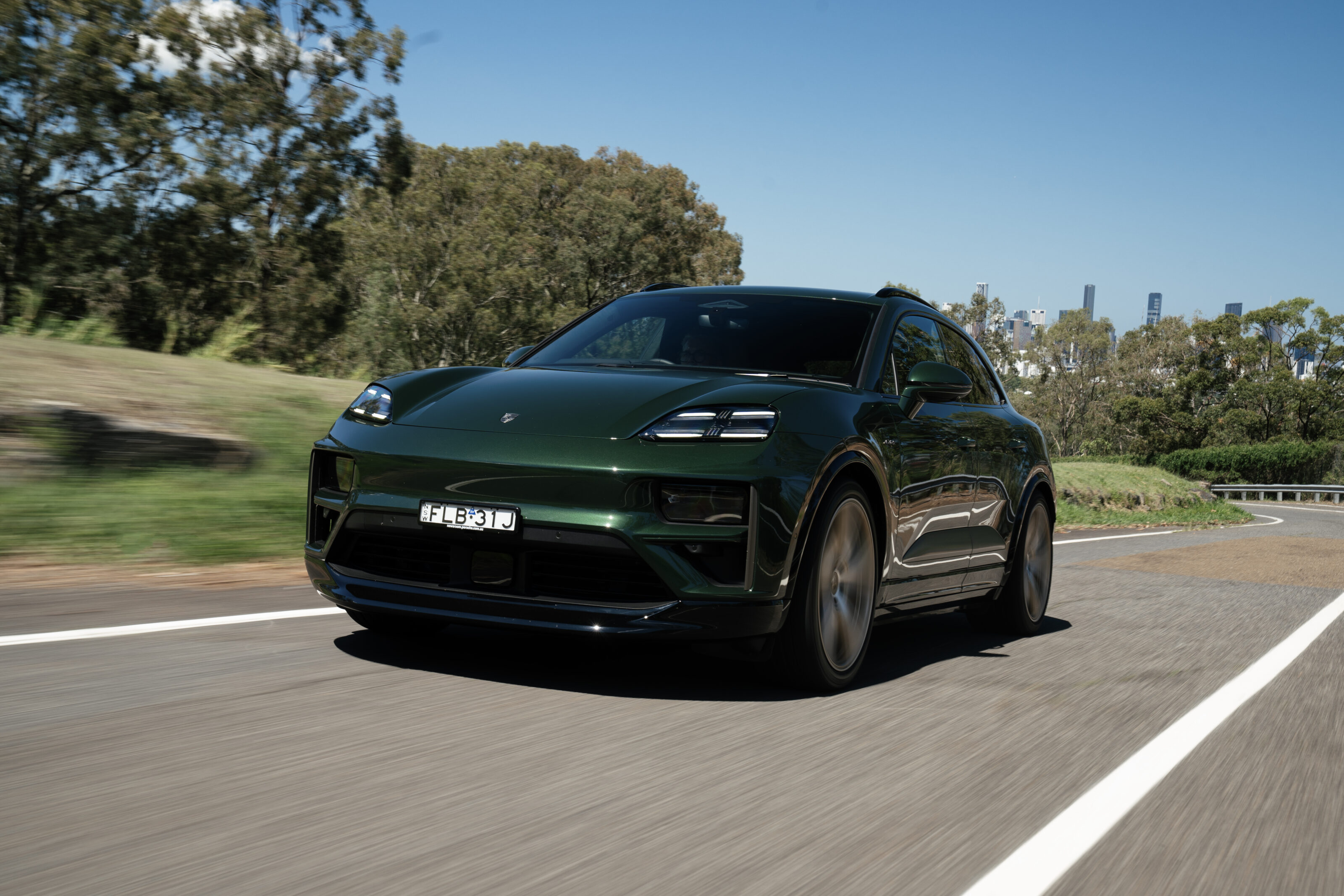
Pay an additional $6000 and you get the Macan 4. This is equipped identically to the Macan, but is provisioned with an electric motor on the front axle, which nets a total system output of 285kW in normal driving conditions or 300kW when utilising launch control and overboost. This one’s a little quicker off the mark as a result, the 0-100km/h time dropping to a spry 5.2 seconds.
The penultimate rung on the Macan ladder, for now at least, is the 4S. Priced at $149,300, this features an uprated rear motor, 330kW, or 380kW in launch mode, plus torque vectoring, rear-wheel steering and adaptive air suspension offered as an option.
At the top of the model line-up is the Turbo. This is a proper powerhouse, as indeed you might expect when you’re being asked of $184,400. While that doesn’t sound an inordinate amount to ask for a Porsche that generates peaks of 470kW and 1130Nm, it also nets you air suspension with Porsche Active Suspension Management (PASM) electronic damping control, 20-inch alloy wheels, either 14-way electric Comfort front seats or 18-way adaptive sport seats and unique body styling.
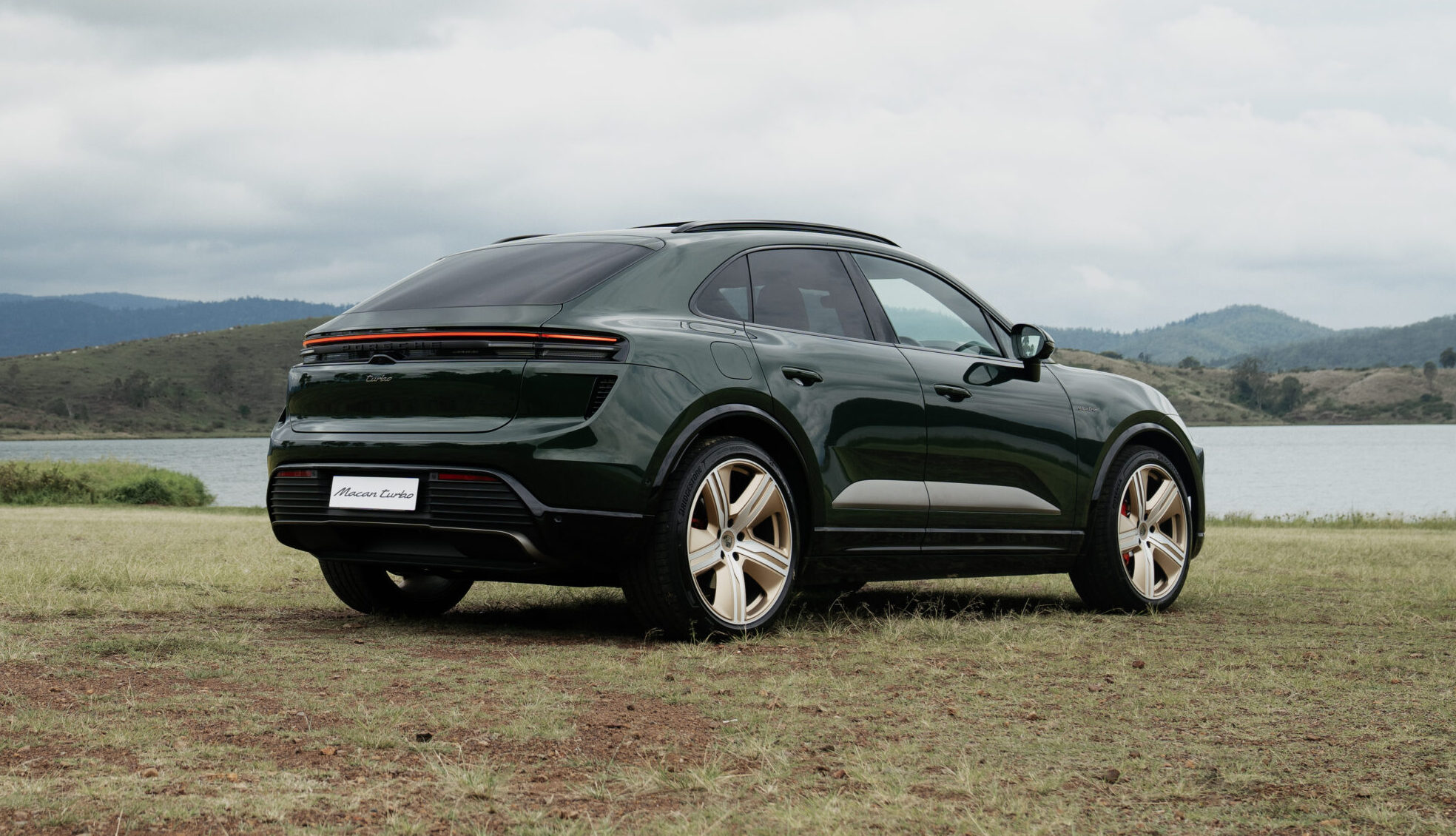
The old Macan somehow managed a sort of reverse Tardis effect. It wasn’t a small car, but it somehow felt more pinched in the back than a hatchback like a Golf, and was usually favoured by those who weren’t putting people-sized people on that back bench.
Porsche has eased the belt out a little with the new car and despite its swooping roofline looking as if it could compromise on the amount of space inside, it’s comfortably better packaged than before, with adults easily accommodated in the rear seats.
Up front there’s an 84-litre frunk that can be opened either with the key (it pops straight up on its struts, so make sure you have overhead clearance) or, if you have the key fob about your person, you can just swipe your hand across the panel immediately below the Porsche crest and it’ll open that way.
There’s little actual advantage to this, but anything that makes you feel like a Porsche-owning Jedi has to be a good thing, right?
At the other end, there’s a dinky button next to the numberplate which lifts the rear hatch. In all of our test cars there was a lumpy bag with the Macan’s charging cables velcroed to the luggage bay floor, and I can’t help but think there ought to have been a more elegant solution. There is underfloor storage in some models, which is where the cables should be stowed, but pop the floor up on the Turbo and that space is occupied by a hefty subwoofer. Porsche claims a total boot space of 540 litres, which expands to 1348L with the rear seats folded.
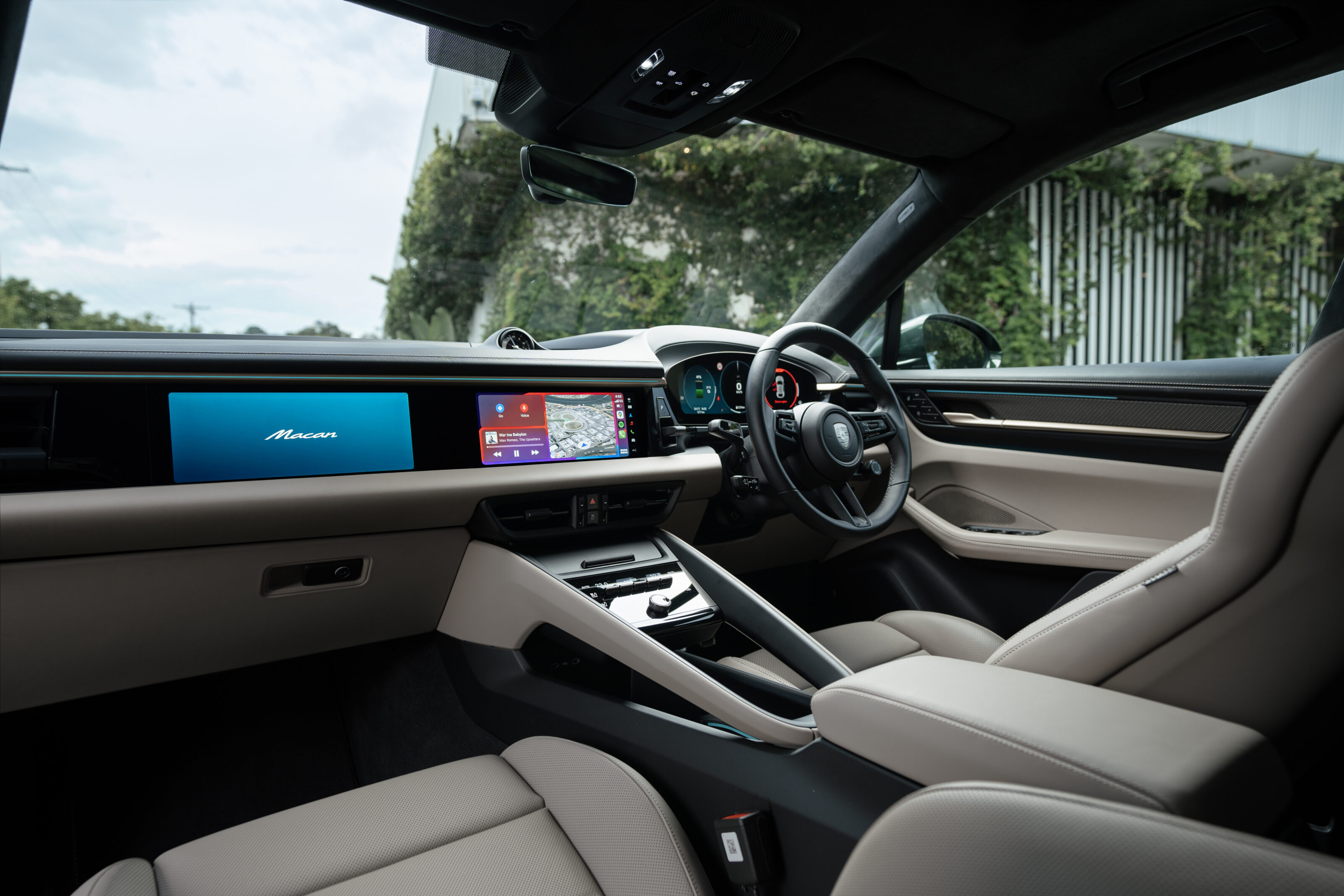
The driving environment is well considered. Porsche is particularly proud of the large 12.6-inch curved display and the colour augmented-reality head-up display. The dash is dominated by the two main screens and, if required, a third passenger screen can also be optioned. The Android Automotive blended ecosystem is smart and responsive, and don’t worry, it works wirelessly with both iPhone and Android. Basically, it’s Android deep down, with a Porsche ‘skin’ overlaid and then you can mirror your phone atop all of that. It does a great job of bringing the apps on your phone to life on its big screen.
In most normal conversations, how a Porsche drives dictates whether it’s a success or not. This time round, it’s not so cut and dried. To cut to the chase, the new Macan drives extremely well. It comfortably eclipses the old car in every measure of go, stop and steer, and that was quite a dynamic benchmark to aim for.
We had the opportunity to drive the Macan 4 and Turbo models on road and track, and it was an illuminating experience. We learned that trying to drift a 2.4-tonne SUV with 1130Nm of instant-access torque under your right clog requires a little practice. We realised that the 3.3-second 0-100km/h quote for the Turbo is typically Porsche conservative, and that in most reasonable conditions, two-point-something is attainable but, after a couple of frothy lattes, not always advisable.

We discovered that the Macan corners hard and flat, and the Turbo responds like a rear-drive car on corner exits if you loose off that avalanche of torque. Put that partially down to the Porsche Torque Vectoring Plus, an electronically controlled diff lock on the rear axle. Even without that, the Macan can shuffle drive between its axles around five times quicker than its ICE equivalent.
We also understand that driving in a somewhat exuberant fashion on track in hot temperatures does not make the tyres at all happy and that the energy consumption rises to around 100kWh per 100km, which in the Macan Turbo’s case, is slightly more than one percent of range for every kilometre driven. But let’s face it, the track stuff was merely a demonstration of what this new car could do in extremis. It was deeply impressive but you don’t, and won’t, see track-day pitlanes stuffed with Macans. Think of it more like Omega sending a watch down to 200m underwater. They’ve done it so you don’t have to.
On road, the biggest surprise is that the Turbo’s ride quality has improved compared to early pre-production drives. It rides on standard air suspension and benefits from Porsche Active Suspension Management (PASM) electronic damping control. In other words, it’s plusher than anything on 22-inch liquorice-strip tyres has any right to be.

There’s a degree of suppleness to both the Turbo and Macan 4 models that bodes well for Australian conditions. Switch the cars into Sport and there’s some artificial noise piped into the cabin which is far from intrusive or annoying. Even in the most focused drive modes, the ride doesn’t deteriorate unacceptably.
The Macan does have a switchable overrun recuperation function. When engaged it slows the vehicle very gently with regen when you lift off the throttle. The braking system is a blended set-up where it tries to use regen braking most of the time, but switches to friction braking beyond a certain threshold. It’s well calibrated and the transition between the two braking modes is hard to establish.
Unlike the Taycan, which features a two-speed transmission, the Macan has a single-speed reduction gear, Porsche’s engineers claiming that the technology has progressed since the Taycan was unveiled such that two gears were deemed unnecessary.
On road, the Macan Turbo’s gut-wrenching pace sometimes feels like overkill, but there will be those who will always want the flagship car. The Macan 4 is notably slower off the line, but still feels as brisk as you’d need in most road-driving scenarios.
Its 800-volt platform means that the Macan can DC charge up to a speed of 270kW if you can source a 350kW fast charger, getting from 10 to 80 percent charge in 21 minutes. Otherwise the car switches from series to parallel charging at a lower 135kW peak charging rate.
There’s no doubt that the new Porsche Macan is an impressive entrant. It’s quick, composed, looks good, is bigger inside than before and leverages some interesting technology. Despite all of that, it’s still going to face an uphill battle, and this must be worrying Porsche.
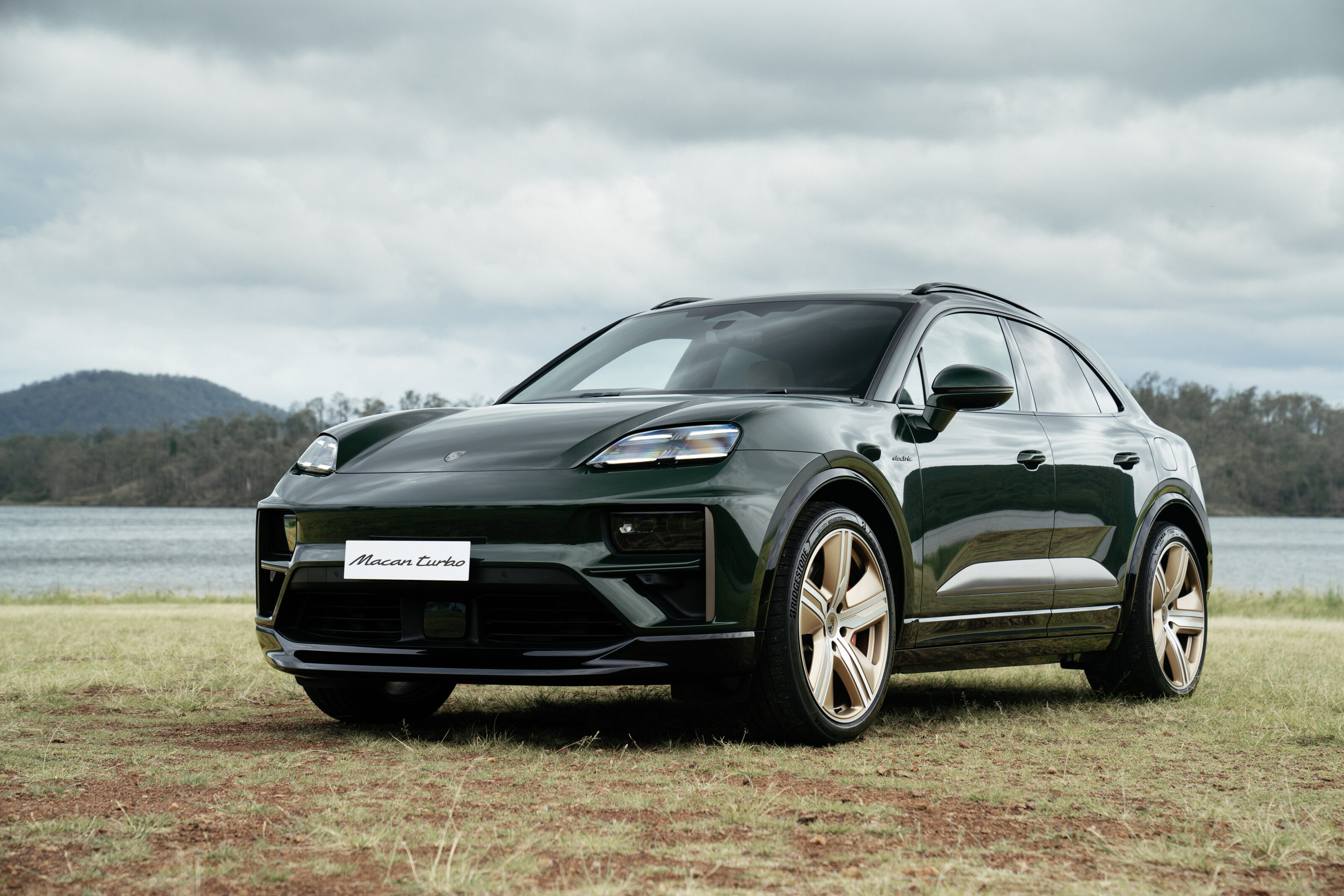
Here in Australia, the Macan was the company’s best-selling vehicle. It remains to be seen whether customers will warm to the new electric version in quite the same fashion. When Porsche’s head of the Macan line was asked why he expected customers to take to an electric Macan when they didn’t with the Taycan, he engaged in some world class waffling that eventually ended up with a statement on how impressive the head-up display was. Hardly convincing.
One key difference between the Taycan and the Macan is that the latter replaces an established and well-regarded nameplate with a range of electric models. That’s never happened in Australia before. So while the new Macan does so much so right, there are bigger questions to consider. Is the market ready for a premium electric SUV to sell in serious volumes? Is this a better Macan but, somehow, a less ‘proper’ Porsche?
The hefty step-up in price will be an impediment and raw speed alone is such a devalued commodity in this world of easy electric power. I’m not sure too many will put much credence in old versus new Macan comparisons based purely on acceleration or torque numbers. So does it do enough to sway the doubters? I’d say very nearly. It feels short of a feature that in another industry would be dubbed the ‘killer app’, the absolute must-have, no-debate reason for purchase. Otherwise, it covers nearly every base and does so with genuine polish.
As Thomas Rothfuss, the director of the Macan product line, put it: “It’s a whole different world compared to the combustion version.” No kidding.
Specifications
Model: Porsche Macan Turbo
Motor: Two permanent magnet synchronous
Battery: 100kWh (gross), 95.3kWh (net)
Max power: 430kW (470kW w/Launch Control overboost)
Max torque: 1130Nm
Transmission: 1-speed reduction gear
Weight: 2405kg
Range: 616km (WLTP)
0-100km/h: 3.3sec (claimed)
Price: $184,400
On sale: Now


